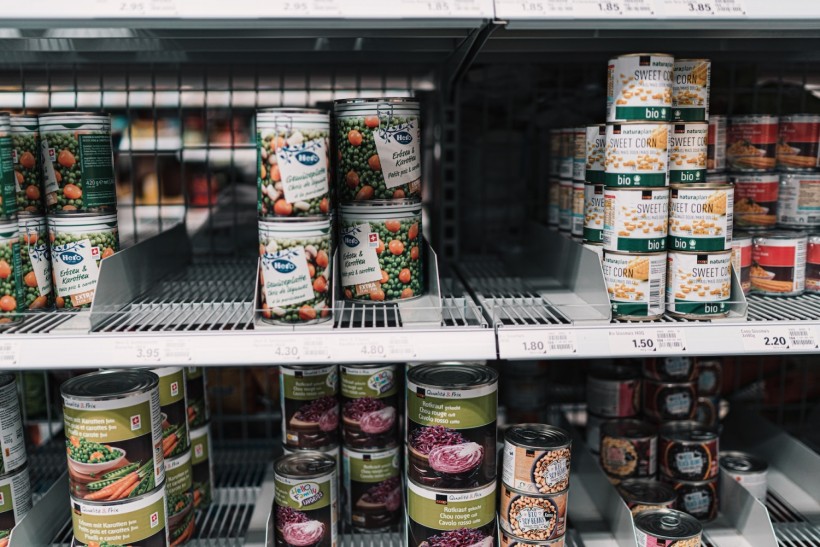
In the bustling landscape of modern food consumption, processed foods have become a ubiquitous and convenient choice for millions. These products line the shelves of supermarkets, flood fast-food menus, and dominate our hectic lives. However, have you ever wondered what goes on behind the scenes of this colossal industry? This blog delves into the inner workings of the processed food business, shedding light on the intricacies, challenges, and even the role of food-grade tubing in this vast system.
The Transformation of Raw Ingredients
The journey of processed food begins with raw ingredients sourced from all corners of the world. Grains, vegetables, meats, and dairy undergo a series of transformations to extend their shelf life, including cleaning, cutting, cooking, and preservation. These alterations often involve many industrial machines, from giant blenders to precision slicers.
Formulation and Flavor Enhancement
Processed foods are not just random concoctions; they are meticulously formulated to satisfy our taste buds. This stage is where flavor enhancement takes center stage. Scientists and flavors work together to create combinations that tantalize our senses, often relying on several additives like artificial flavors, sweeteners, and enhancers to achieve the perfect taste profile. This part of the process makes processed foods irresistible but raises concerns about health and nutrition.
Quality Control and Food Safety
Maintaining food safety is paramount in the processed food business. Quality control measures are stringent, with production facilities adhering to strict regulations. The risk of contamination and spoilage is high, and any lapses can lead to costly recalls and damaged reputations. Advanced machinery, including x-ray inspection systems and metal detectors, play a critical role in ensuring that the final products are safe for consumption.
The Role of Food-Grade Tubing
One lesser-known but crucial component in the processed food industry is food-grade tubing. This specialized tubing is designed to transport various liquids and semi-liquids safely and hygienically within the production process. These tubes are made from materials that meet stringent food safety standards, ensuring no contaminants leach into the food products during transport.
Food-grade tubing is used for various purposes, including conveying liquid ingredients like sauces, oils, and syrups. It is essential for the precision dosing of ingredients in recipes, enabling consistency in taste and quality. Without food-grade tubing, maintaining the integrity of processed food products would be a significant challenge.
Packaging
How a product is packaged can significantly impact its shelf life and consumer appeal. Packaging materials, such as plastic, foil, and glass, are chosen based on the product's specific needs. Packaging is highly automated, utilizing conveyors and filling machines to seal, label, and code each item. The choice of materials and design is driven by functionality and marketing, as eye-catching packaging can influence consumer choices.
Distribution and Supply Chain
Once processed foods are packaged, they embark on a complex journey through the supply chain. This involves storage, transportation, and distribution to regional warehouses and retail outlets. Supply chain efficiency is critical to ensure that products reach consumers on time and maintain quality. Food producers must balance the need for centralized production with the requirement for decentralized distribution to meet consumer demand efficiently.
The processed food industry, a massive, intricate web of ingredients, processes, and regulations, has revolutionized how we eat. While it has brought convenience to our lives, it raises questions about health, nutrition, and sustainability. Understanding this industry's inner workings provides valuable insights into the choices we make as consumers.
* This is a contributed article and this content does not necessarily represent the views of sciencetimes.com




![Humans Will Go Extinct on Earth in 250 Million Years; Mass Extinction Will Occur Sooner if Burning Fossil Fuels Continues [Study]](https://1721181113.rsc.cdn77.org/data/thumbs/full/53373/89/56/50/40/humans-will-go-extinct-on-earth-in-250-million-years-mass-extinction-will-occur-sooner-if-burning-fossil-fuels-continues-study.jpeg)









